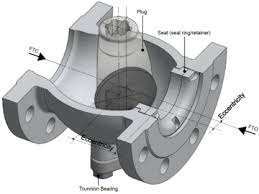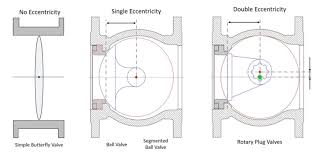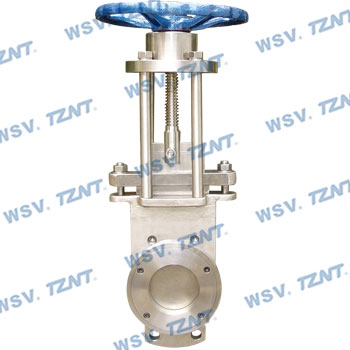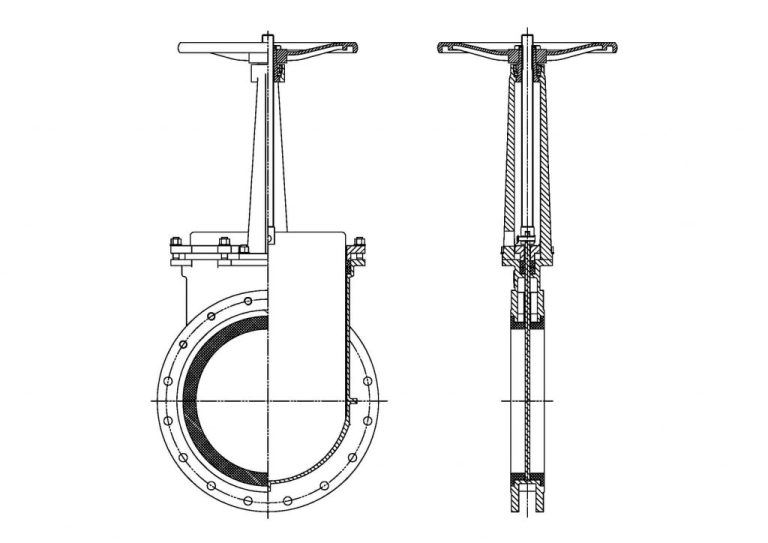Eccentric Rotary Plug Valve

The Application of Double Eccentric Plug Control Valve
Introducing the Double Eccentric Plug Control Valve – a precision-engineered solution for fluid flow control. As a leading provider of valve technology, Cameron offers this innovative valve design. Featuring an advanced eccentric rotary plug control valve mechanism, it ensures accurate regulation of flow rates in various industries. With its unique double eccentric rotary plug design, it minimizes friction and enhances sealing, making it ideal for critical applications requiring precise control. Trust Cameron for reliable and efficient flow control solutions.
What Are The Types Of Double Eccentric Plug Control Valve?
- Metal-seated Double Eccentric Plug Control Valve: Designed with metal seating surfaces for enhanced durability and resistance to high temperatures and abrasive media.
- Soft-seated Double Eccentric Plug Control Valve: Features soft elastomeric seating materials for reliable sealing and low torque operation, suitable for applications with less abrasive media.
- High-Performance Double Eccentric Plug Control Valve: Engineered for high-pressure and high-temperature applications, offering superior sealing performance and extended service life.
- Triple Offset Double Eccentric Plug Control Valve: Incorporates an additional offset to the rotational axis of the plug, providing bubble-tight shut-off and reduced wear.
- Cryogenic Double Eccentric Plug Control Valve: Designed to withstand extreme low temperatures, maintaining sealing integrity in cryogenic fluid handling systems.
What Is Double Eccentric Plug Control Valve?
The Double Eccentric Plug Control Valve is a sophisticated flow control device featuring a unique design. Unlike traditional plug valves, it incorporates two offsets: one in the shaft and another in the sealing face. This double eccentric configuration minimizes friction during operation and enhances sealing performance. Widely used in industries requiring precise flow control, such as oil and gas, water treatment, and chemical processing, the Double Eccentric Plug Control Valve ensures efficient and reliable operation in demanding applications.
How to Select the Right Double Eccentric Plug Control Valve?
To select the right Double Eccentric Plug Control Valve, consider factors such as flow requirements, pressure ratings, temperature range, and fluid compatibility. Evaluate the specific application needs and choose a valve with suitable plug type and actuation method. Consulting with experts like Cameron can ensure the valve meets all necessary criteria for optimal performance.
Features of Double Eccentric Plug Control Valve
- Double Eccentric Design: Features two offsets in the shaft and sealing face, minimizing friction and enhancing sealing performance.
- Precise Flow Control: Enables accurate regulation of flow rates, ensuring optimal process control and efficiency.
- Versatile Plug Types: Available in various plug control valve configurations, including spherical, cylindrical, and eccentric plugs, catering to diverse application needs.
- Bubble-Tight Shut-Off: Ensures tight sealing to prevent leakage, maintaining system integrity and safety.
- High Pressure and Temperature Capability: Suitable for demanding environments with high-pressure and high-temperature requirements, offering reliable performance.
- Bi-Directional Flow: Allows for flow in both directions, providing flexibility in installation and operation.
- Low Torque Operation: Requires minimal torque to operate, reducing wear on components and extending service life.
- Ease of Maintenance: Designed for easy maintenance and repair, minimizing downtime and associated costs.
- Wide Range of Sizes: Available in various sizes to accommodate different piping systems and flow requirements.
Advantages and Disadvantages of Double Eccentric Plug Control Valve
Advantages
- Precise Flow Control: Offers accurate regulation of flow rates, ensuring optimal process control and efficiency.
- Bubble-Tight Shut-Off: Provides tight sealing to prevent leakage, maintaining system integrity and safety.
- Versatility: Suitable for diverse applications due to various plug configurations and materials.
- High Pressure and Temperature Capability: Can withstand demanding environments with high-pressure and high-temperature requirements.
- Bi-Directional Flow: Allows flow in both directions, providing flexibility in installation and operation.
Disadvantages
- Complex Design: The double eccentric design adds complexity, potentially increasing maintenance requirements and costs.
- Higher Initial Cost: May have a higher initial cost compared to standard plug valves due to advanced design and materials.
- Potential for Cavitation: In certain conditions, there may be a risk of cavitation, affecting valve performance and longevity.

The Specifications of Double Eccentric Plug Control Valve
| Specification | Details |
|---|---|
| Type | Double Eccentric Plug Control Valve |
| Ball Material | Stainless Steel, Carbon Steel, or Alloy Steel |
| Attachment Type | Flanged or Threaded |
| Thread Standard | ANSI, DIN, JIS, or others |
| Thread Size | 1/2 inch to 24 inches |
| Body Material | Cast Iron, Ductile Iron, Carbon Steel, Stainless Steel, or Alloy Steel |
| Safe for Use With | Water, Oil, Gas, Chemicals, etc. |
| Handle Type | Lever, Gear, or Actuator |
| Handle Material | Carbon Steel, Stainless Steel, or Aluminum |
| Maximum Working Pressure | Up to 1500 psi (103.42 bar) |
| Operating Pressure | Typically 0-300 psi (0-20.68 bar) |
The Installation Steps for Double Eccentric Plug Control Valve
- Prepare Work Area: Clear the area around the installation site to ensure easy access to the piping system.
- Shut Off Supply: Turn off the main supply of fluid (water, gas, etc.) to the system where the valve will be installed.
- Relieve Pressure: If applicable, relieve any pressure in the system by opening nearby valves or faucets.
- Select Proper Location: Choose the appropriate location for installing the valve, considering factors such as accessibility and alignment with the piping system.
- Prepare Pipes: Clean and deburr the ends of the pipes where the valve will be connected to ensure a proper seal.
- Apply Thread Sealant: Apply thread sealant or tape to the male threads of the valve to prevent leaks.
- Attach Valve: Connect the Double Eccentric Plug Control Valve to the pipes using the appropriate attachment type (flanged or threaded), ensuring a tight connection.
- Position Valve: Ensure the valve is positioned correctly with the flow direction indicated by the arrow on the valve body.
- Tighten Connections: Use a wrench to tighten the valve connections securely, but avoid over-tightening to prevent damage.
- Check Alignment: Verify that the valve is aligned properly with the piping system to prevent stress or strain on the connections.
- Turn On Supply: Gradually turn on the main supply of fluid and check for any leaks at the valve connections.
- Test Operation: Test the valve by operating it manually or using a control system to ensure proper opening and closing.
The Operation Theory of Double Eccentric Plug Control Valve
- Eccentric Plug Design: The Double Eccentric Plug Control Valve features a plug with two offsets: one in the shaft and another in the sealing face. This design reduces friction and enhances sealing performance during operation.
- Flow Regulation: When actuated, the plug rotates within the valve body, controlling the flow of fluid through the system. The degree of rotation determines the flow rate, providing precise flow regulation.
- Sealing Mechanism: As the plug rotates, it moves away from the seat in an eccentric motion, ensuring a tight seal and minimizing leakage even at high pressures.
- Bi-Directional Flow: The valve allows for flow in both directions, providing flexibility in installation and operation.
- Control Options: Depending on the application requirements, the valve can be operated manually, pneumatically, or electronically using an actuator or control system.
Eccentric Plug Rotary Control Valve
- Unique Plug Design: The Eccentric Plug Rotary Control Valve utilizes a similar eccentric plug design to the Double Eccentric Plug Control Valve, offering enhanced sealing and flow control capabilities.
- Rotary Control Mechanism: As the plug rotates within the valve body, it modulates the flow of fluid, allowing for precise control over flow rates and process variables.
- Wide Range of Applications: The valve is suitable for various industries, including oil and gas, chemical processing, water treatment, and power generation, where accurate flow control is essential.
- Versatile Actuation: It can be actuated manually or through pneumatic, hydraulic, or electric actuators, providing flexibility in operation and automation.

